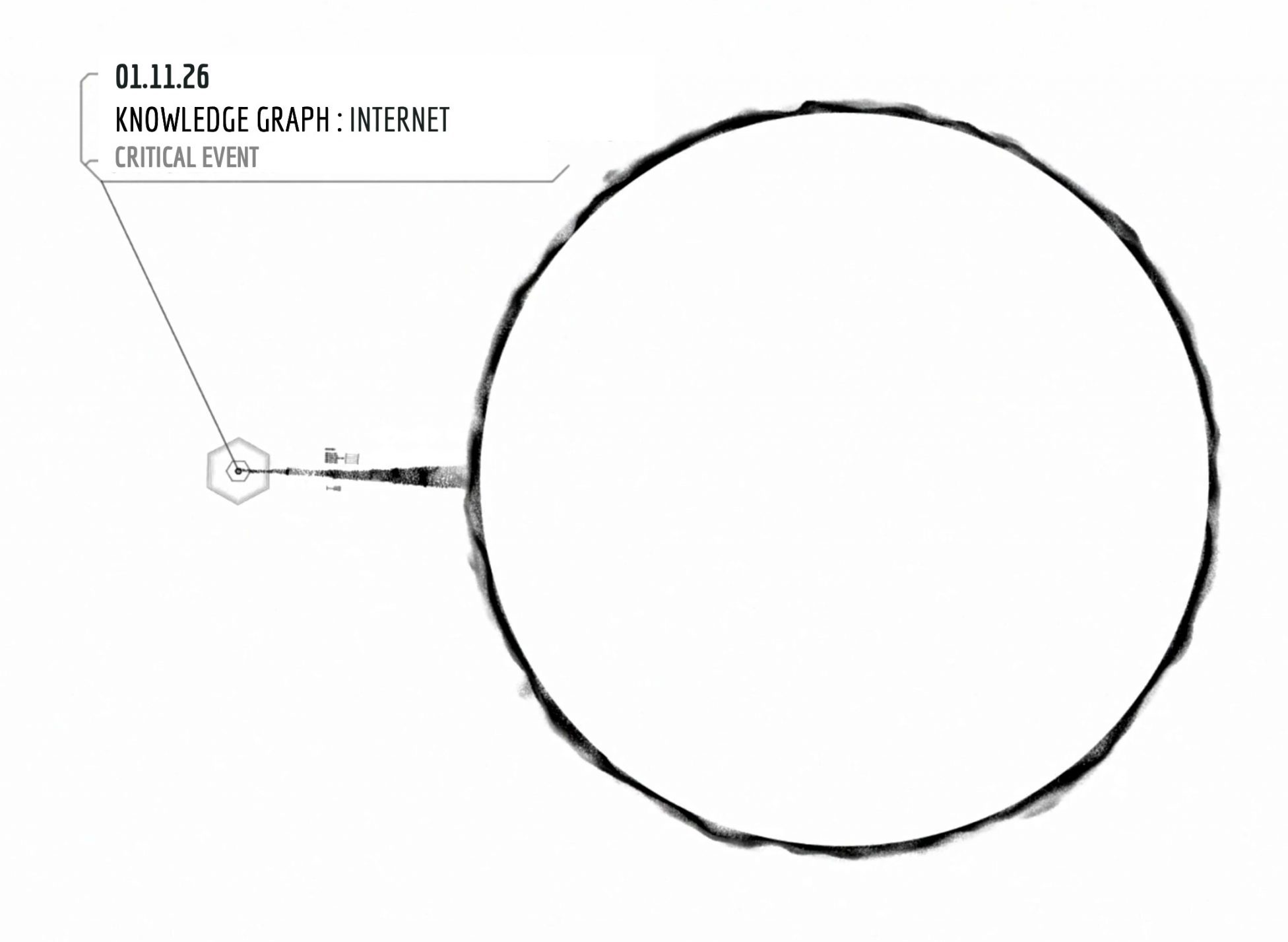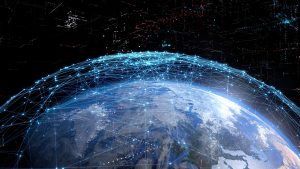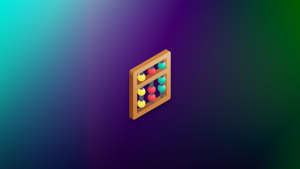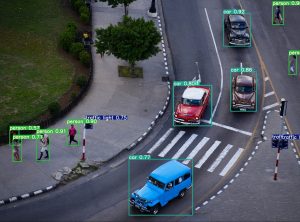Full of promises, the Knowledge Graph promises us. But where does it lead to ? And what will it be like in 5 years?
This article is a follow-up to our two previous articles:
- In the first one, we introduce the basics of Knowledge Graphs
- In the second one we explore the challenges raised by this new technology
We strongly recommend you to read them, you will appreciate this one even more 😉
For this article we share with you Mike Tung’s visions for his Knowledge Graph business in the near future.
Universal Factoid Question-Answering System
The Universal Factoid Question and Answer System.
What is behind this peculiar name ?
The idea is to build an algorithm that gives clear and factual answers to any question.
In fact, the algorithm would provide as a result an answer with a confidence rate and the sources it draws from to answer.
Here is the main difference with Artificial Intelligence. The Knowledge Graph does want to imitate Man but on the contrary, it is a tool that brings him information.
Information that is always linked to sources and justifications.
What Artificial Intelligences do not give.
GPT-3, the OpenAI algorithm, for example, also offers a Question-Answer system but imitates human behavior. It is creating its own answer and that can lead to wrong answers.
Another way of looking at Knowledge Graphs is to consider them as a search engines improvement.
Google, for example, is only a catalog that lists sources to be read and explored. The reading work must be done by ourselves.
The Knowledge Graph explores sources, ALL sources.
It extracts an answer from the Web by synthesizing the information and quoting the most relevant references it has used.
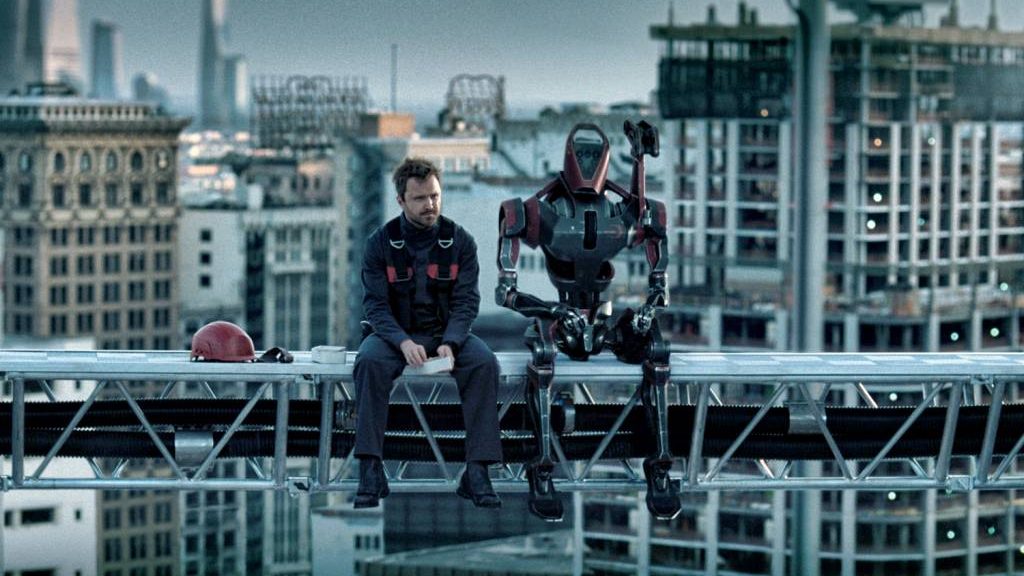
Previously unknown connections
More than a question-answer system that aims to be objective, the Knowledge Graph could be a knowledge creator.
It seems clear now that the Knowledge Graph draws links between everything it sees : people, objects, scientific discoveries and many others.
By the way, if your goal is to master Deep Learning - I've prepared the Action plan to Master Neural networks. for you.
7 days of free advice from an Artificial Intelligence engineer to learn how to master neural networks from scratch:
- Plan your training
- Structure your projects
- Develop your Artificial Intelligence algorithms
I have based this program on scientific facts, on approaches proven by researchers, but also on my own techniques, which I have devised as I have gained experience in the field of Deep Learning.
To access it, click here :
Now we can get back to what I was talking about earlier.
It links and understands the relationships between things in our world.
Most of us know the connections between our friends and family. So we could also draw our own Knowledge Graph.
We could even ask a history aficionado to draw the relationships between historical figures and events that took place at the same time.
But as soon as we take more than two domains at the same time at a complex level, like biology and physics, few people could trace the links.
Indeed, the number of people having complex knowledge in these two subjects at the same time is very restricted.
The Knowledge Graph, on the other hand, would have this knowledge and in addition to having it, it could draw links between them.
Currently, in computer science, biological techniques are applied to programming.
Therefore we see emerging what we call evolutionary algorithms directly inspired by the theory of dear Darwin.
This is a simple example but it can be applied to more complex cases.
Cases that we cannot yet imagine because the knowledge in many of these areas would require more than a lifetime of study.
But this information, a Knowledge Graph could assimilate it… and draws previously unknown connections.
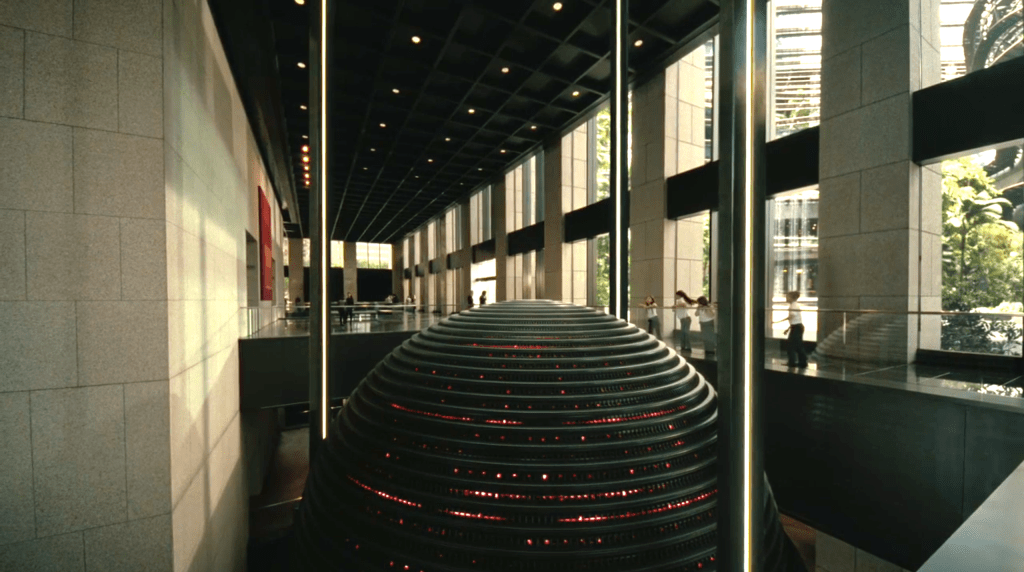
A Westworld-like future ?
Despite all these great promises during the interview with Mike Tung, I couldn’t help but think of the similarity with the season 3 of Westworld.
In a future world where a robot is an everyday object, a company makes a fortune with an ultra powerful AI.
The algorithm allows its users to make the best decisions for their lives : where to work, who to marry, what to do with their free time, etc.
It would even go so far as to predict a person’s entire life.
And guess what ? This Artificial Brain acquires its Intelligence from the analysis of millions of people’s data.
Would this Brain be in fact a Knowledge Graph ?
Well, the technology looks very close to it.
So it might not be right away that we will be able to know in advance what a person will do with his life… but what will it be in 5 years ?
One thing is for sure, it isn’t the last that you heard about Knowledge Graph !
sources :
- Towardsdatascience – Mike Tung Interview
One last word, if you want to go further and learn about Deep Learning - I've prepared for you the Action plan to Master Neural networks. for you.
7 days of free advice from an Artificial Intelligence engineer to learn how to master neural networks from scratch:
- Plan your training
- Structure your projects
- Develop your Artificial Intelligence algorithms
I have based this program on scientific facts, on approaches proven by researchers, but also on my own techniques, which I have devised as I have gained experience in the field of Deep Learning.
To access it, click here :

